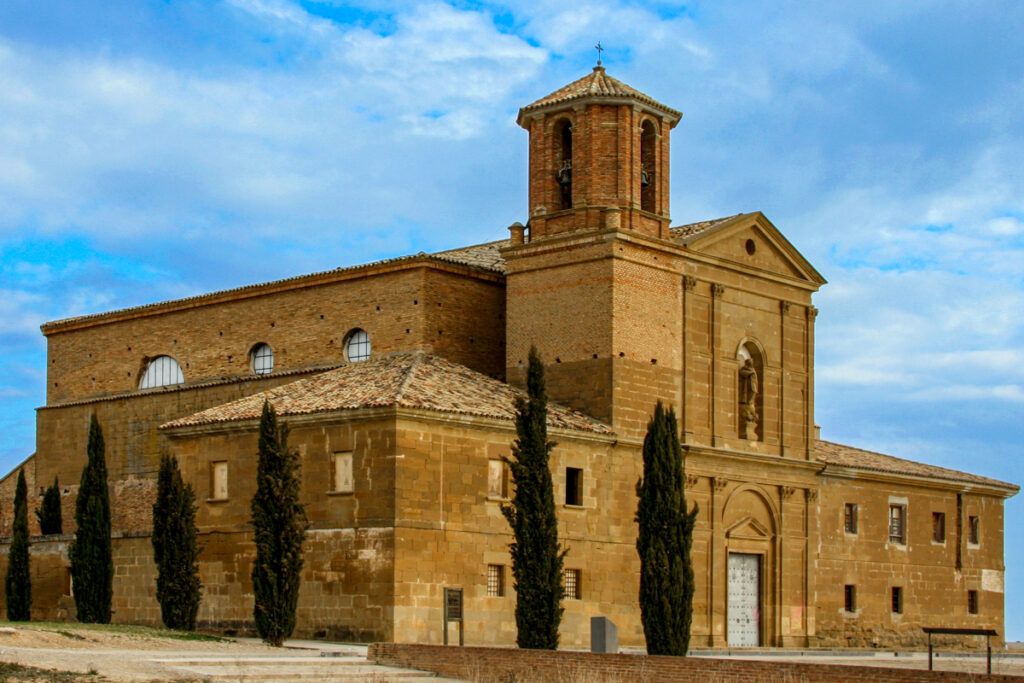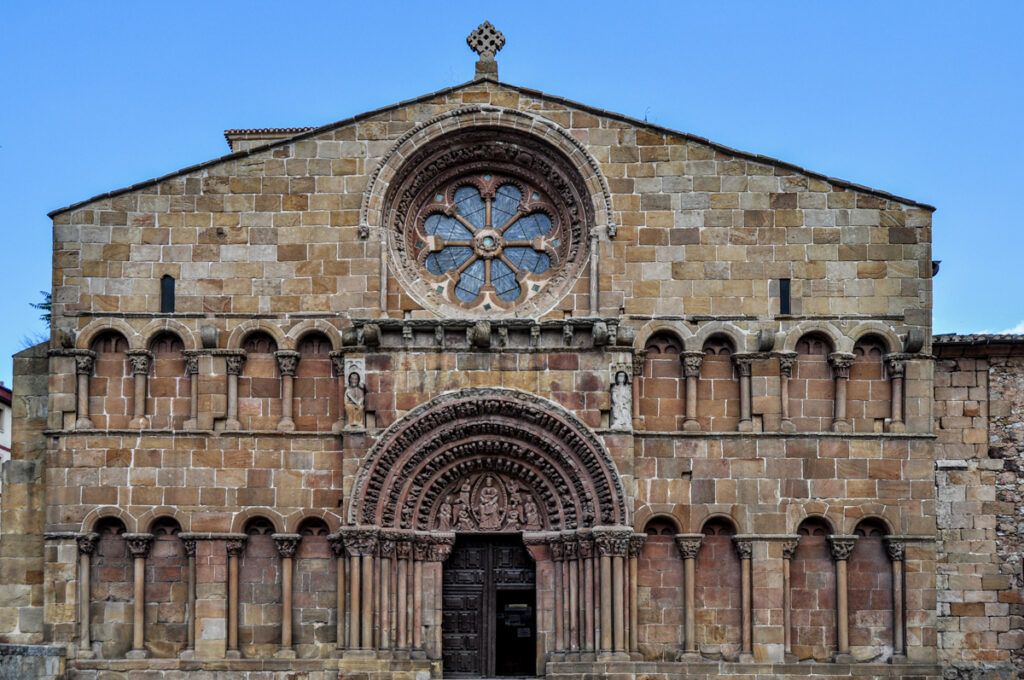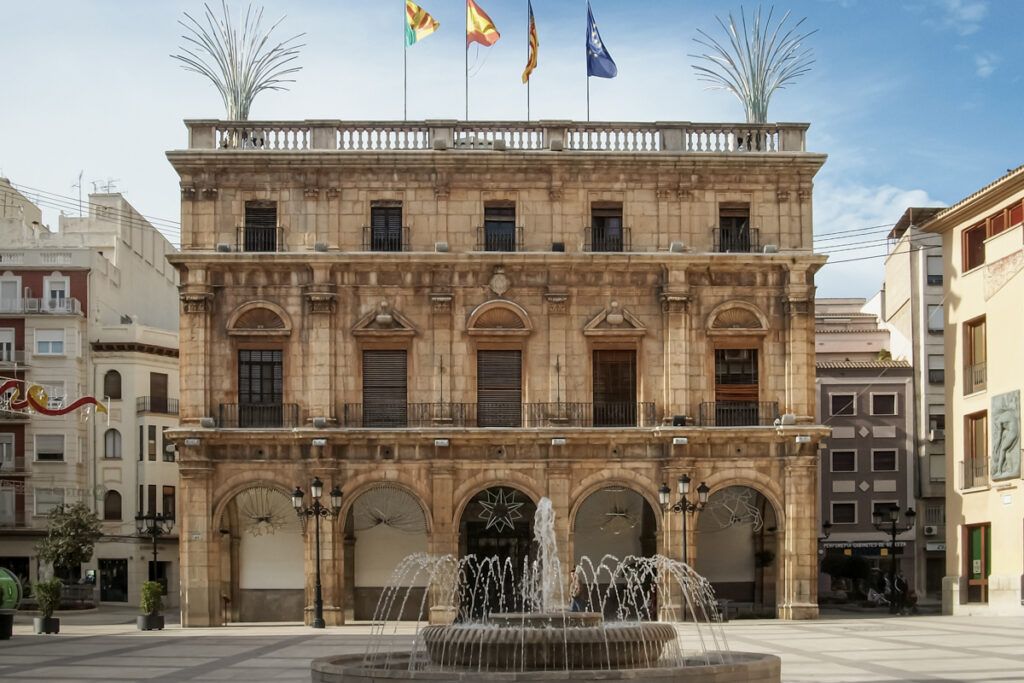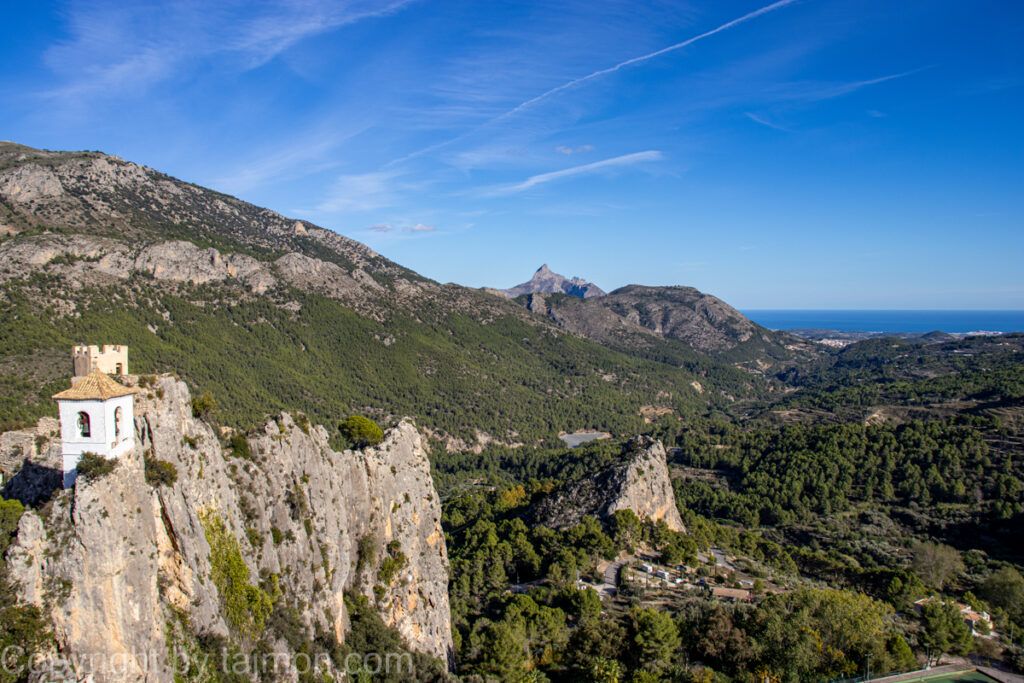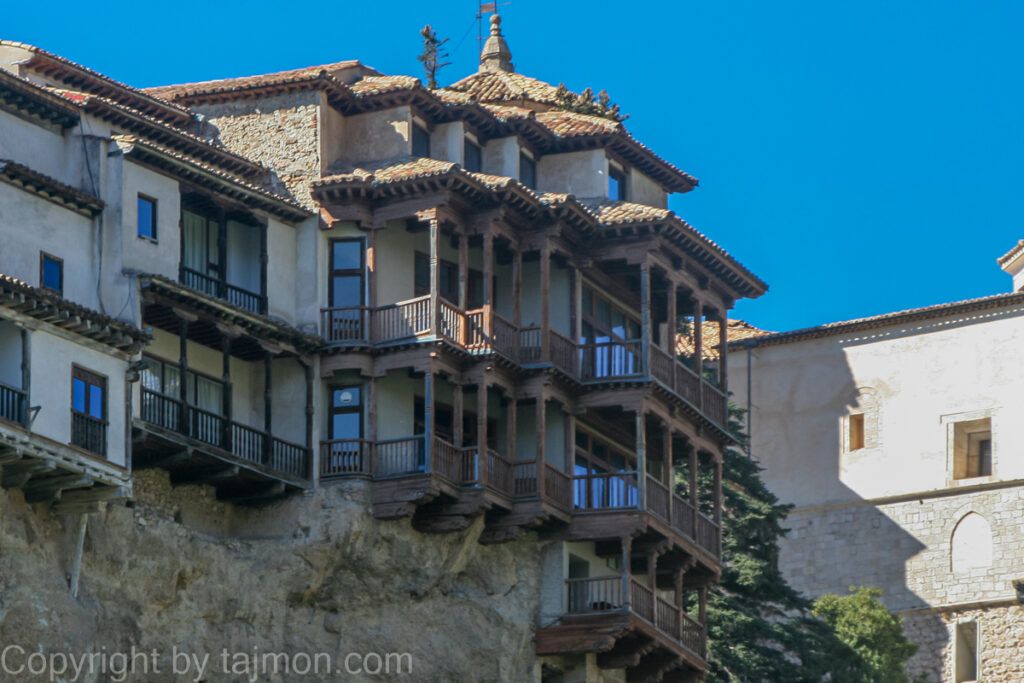Episcopal Palace in Segovia
The Episcopal Palace is a bishop’s palace, which was built in the 16th century by Bishop Juan Arias Dávila. The palace has four wings, which form a courtyard with arcades. On the facade of the palace, you can see the bishop’s coat of arms and the inscription “Domus Dei” (House of God). The palace houses a cathedral museum, where you can see valuable works of sacred art, such as paintings, sculptures, relics, liturgical robes, and books. In the palace, you can also visit the chapel, library, and throne room. From the tower of the palace, a beautiful view of the city and mountains unfolds.
The Episcopal Palace is located in the historic center of Segovia, on Plaza San Esteban. Its history dates back to 1550 when Bishop Juan Arias Dávila bought a house from Count Puñonrostro that stood on this site. This bishop was one of the most influential and wealthy people in Segovia, as well as an advisor and friend of King Philip II. The bishop commissioned the house to be rebuilt into a palace, which was to be his residence and the seat of the diocese. The palace was completed in 1565 and was a model for other bishop’s palaces in Spain.
The Episcopal Palace is divided into three parts: the proper palace, the guest palace, and the chapter palace. In the proper palace, there are the most important rooms, such as the throne room, where the bishop received important personalities, the audience room, where meetings with the clergy and faithful took place, the ballroom, where receptions and ceremonies were organized, the chapel, where masses and services were held, and the bishop’s apartments, where the bishop lived and worked.
In the guest palace, there are rooms dedicated to guests, such as the dining room, music room, games room, and herb room. In the chapter palace, there are rooms dedicated to diocesan matters, such as the chapter room, where the clergy gathered, the synodal room, where synods and councils were held, the archive room, where documents and books were stored, and the treasury room, where valuables and relics were kept.
The Episcopal Palace is a palace that shows the history, art, and culture of Segovia and its diocese. It is a place where you can admire works of art, learn about tradition and faith, and also enjoy architecture and views. It is a place that combines dignity and beauty.
Return to the table of contents of the Segovia guide >>>>>>>>>>

